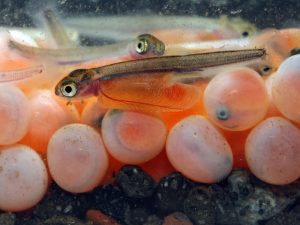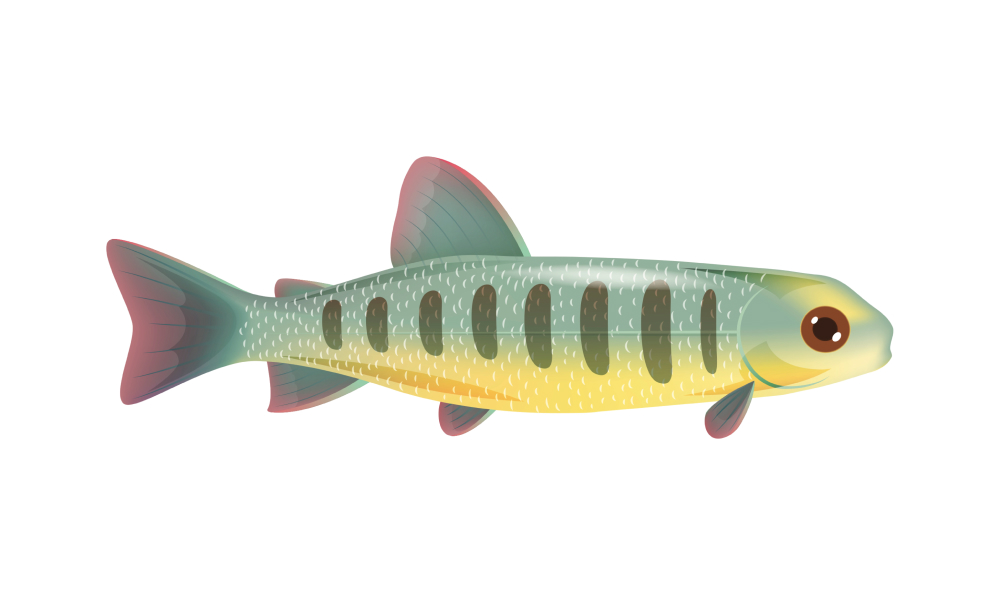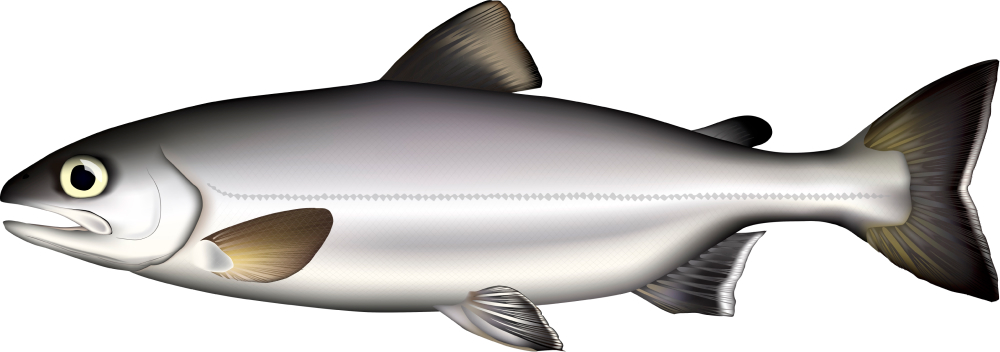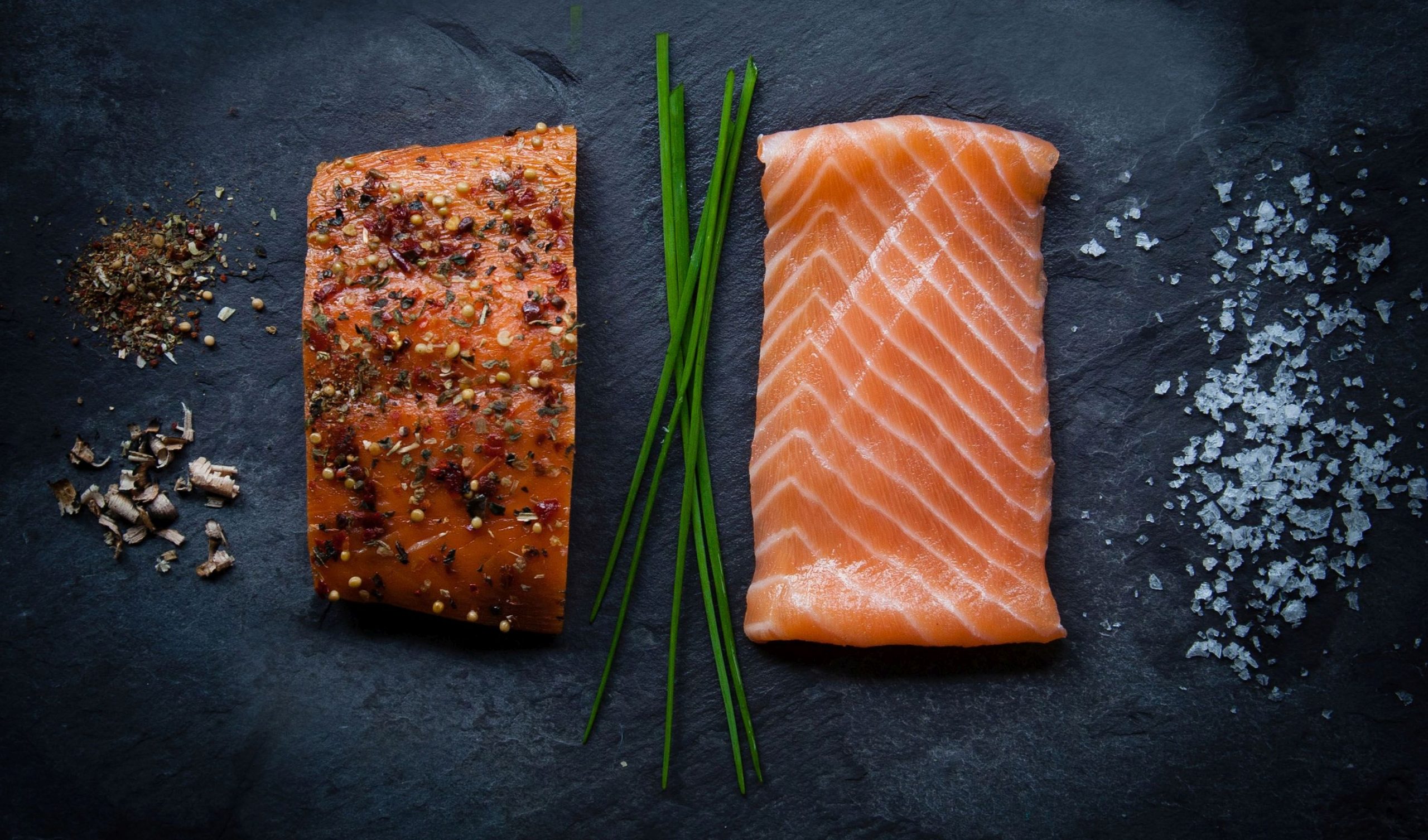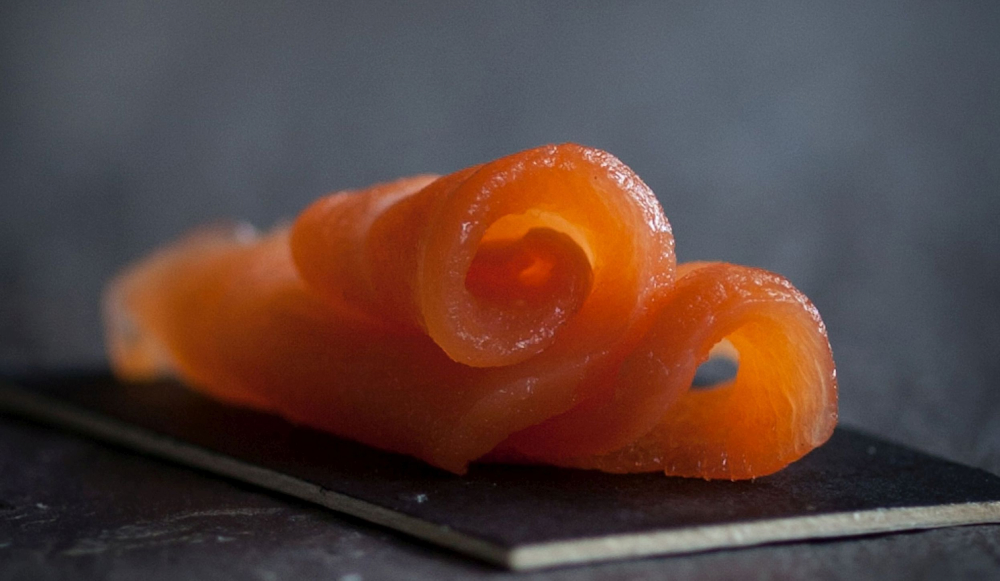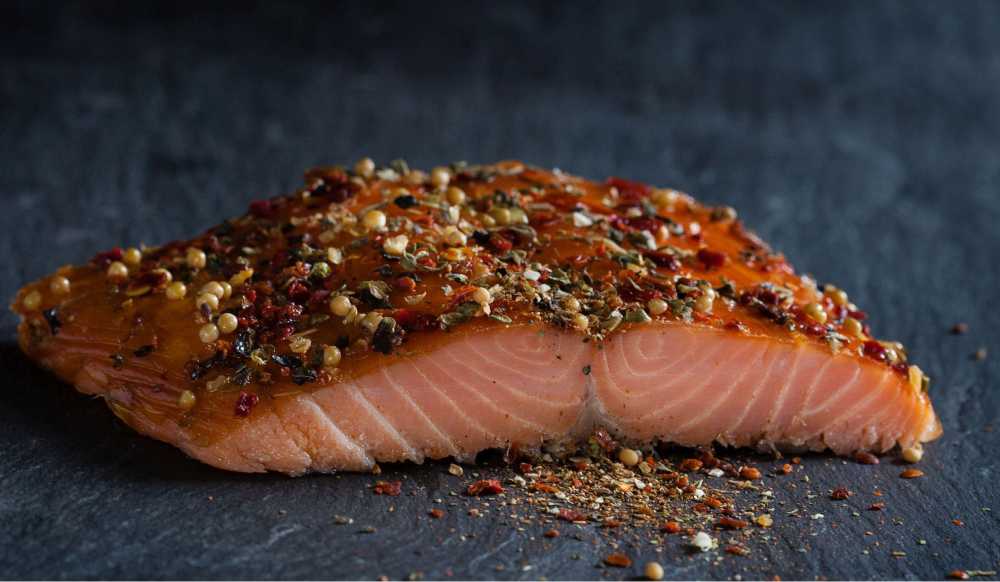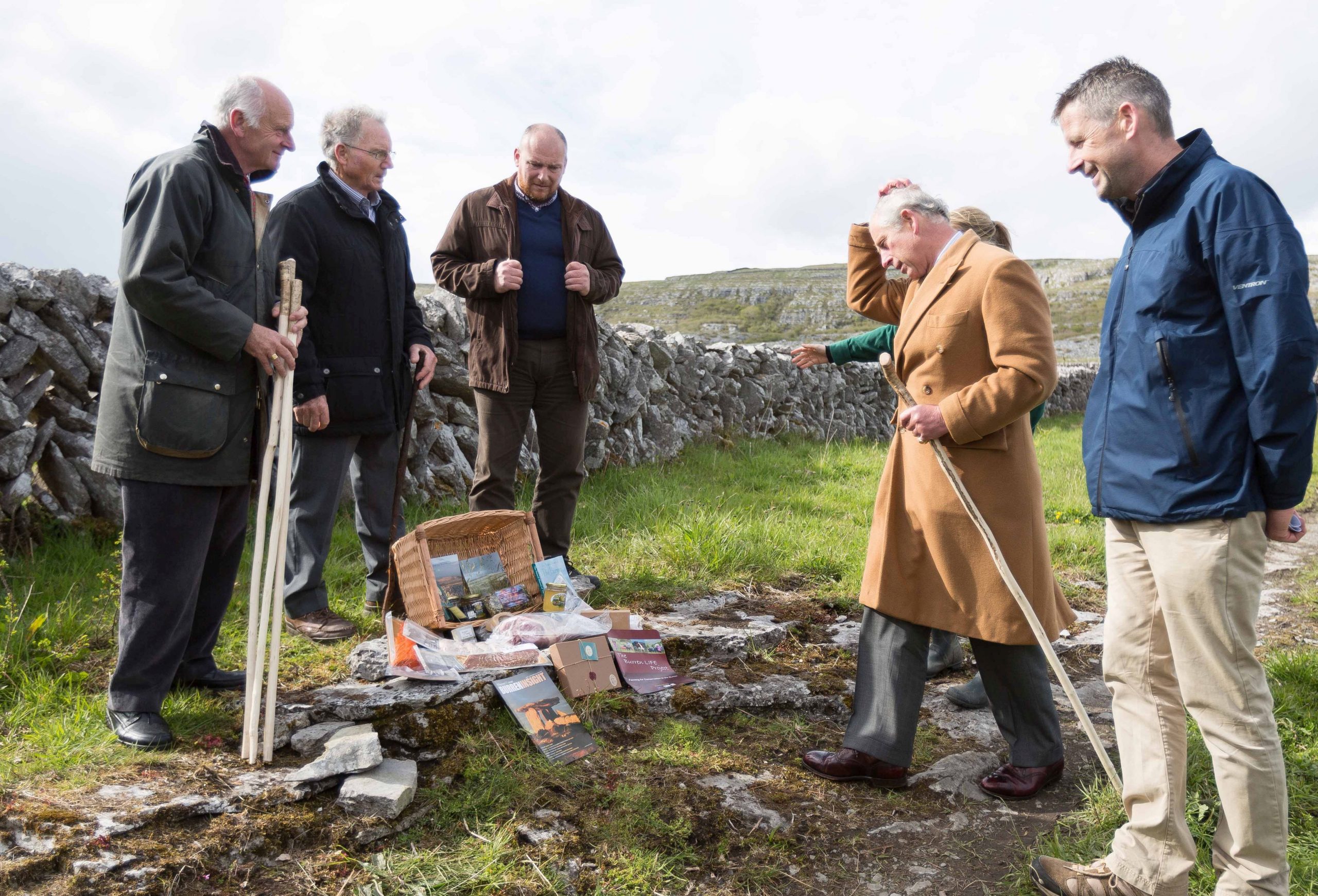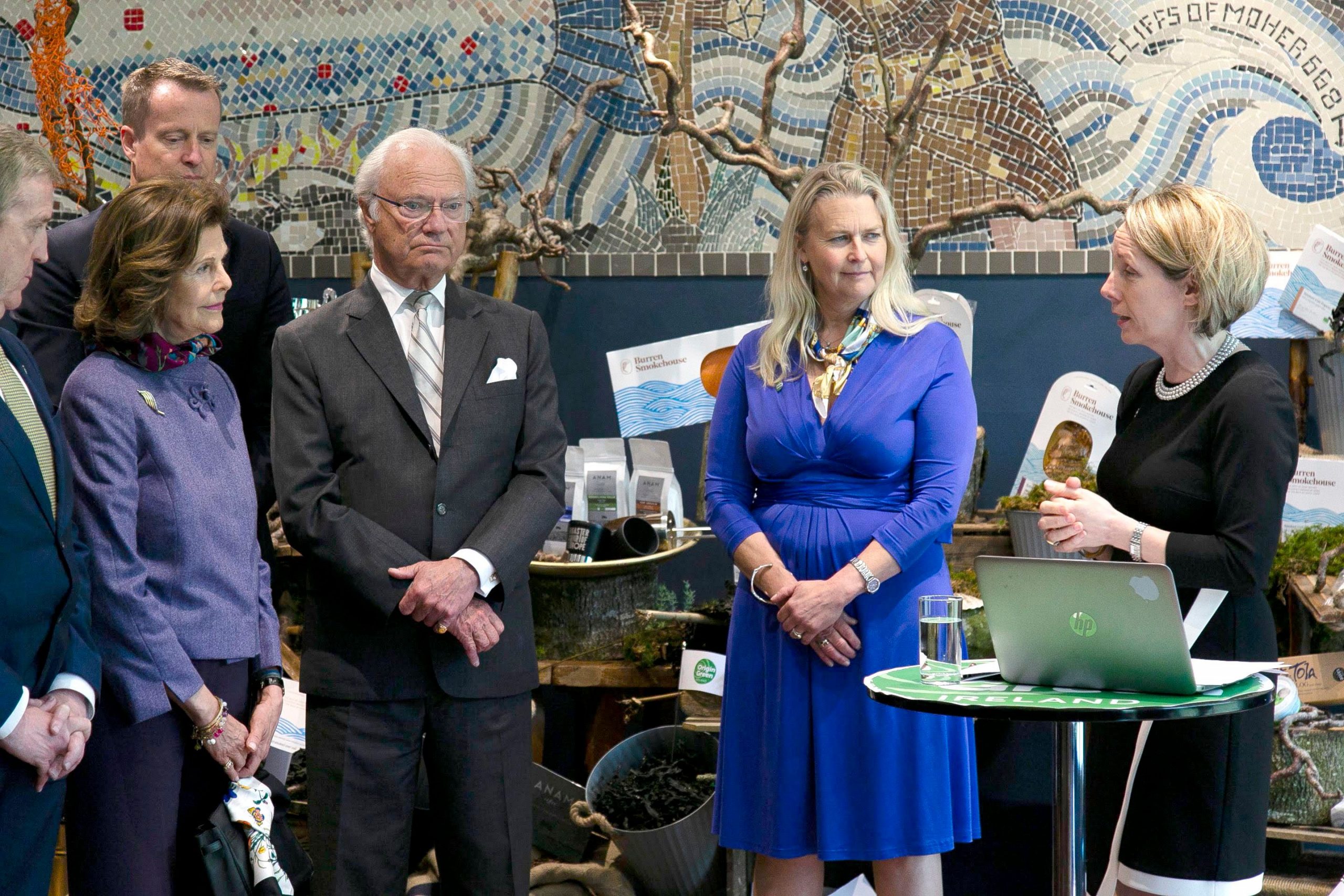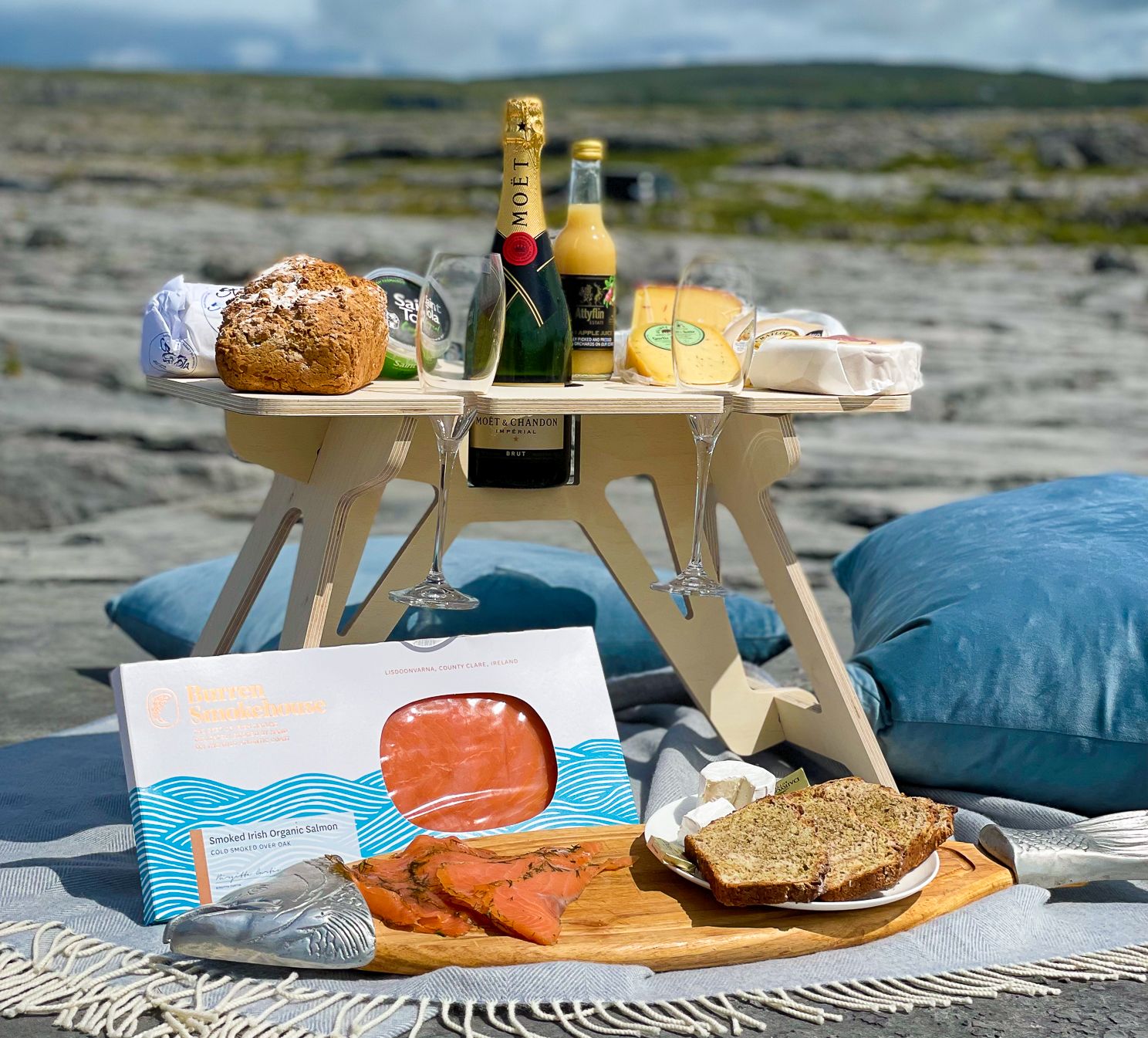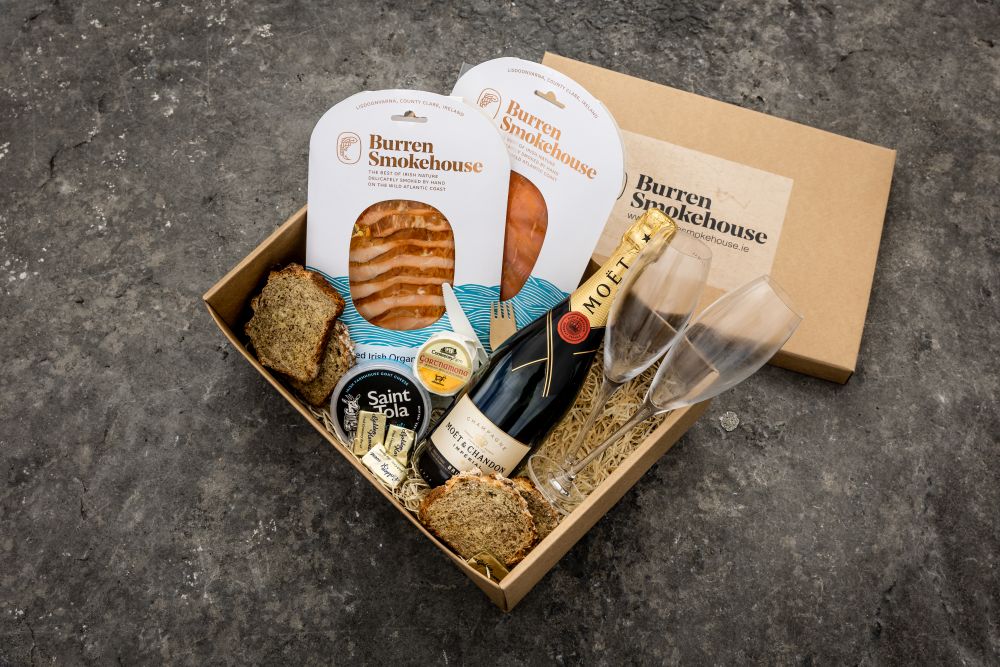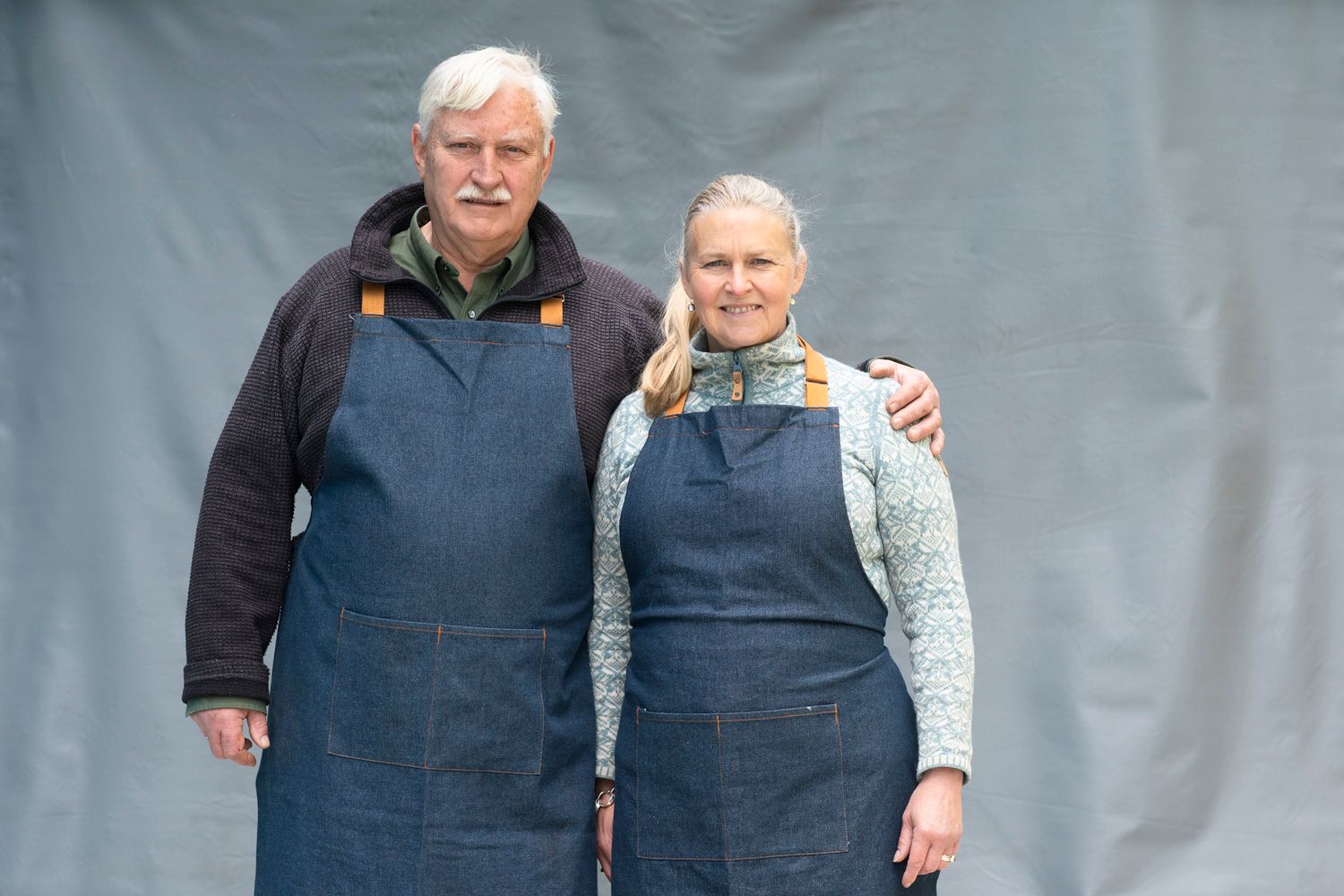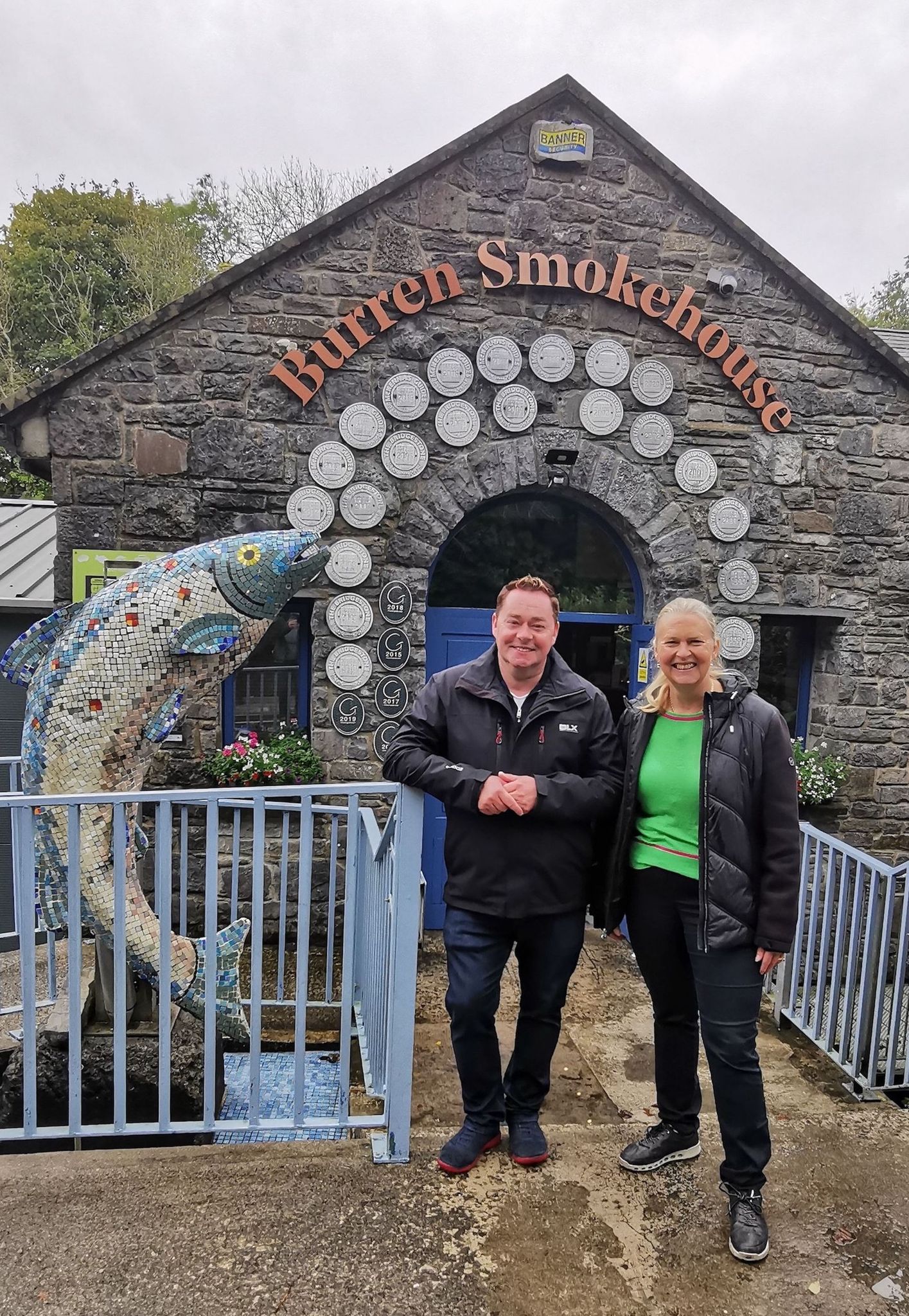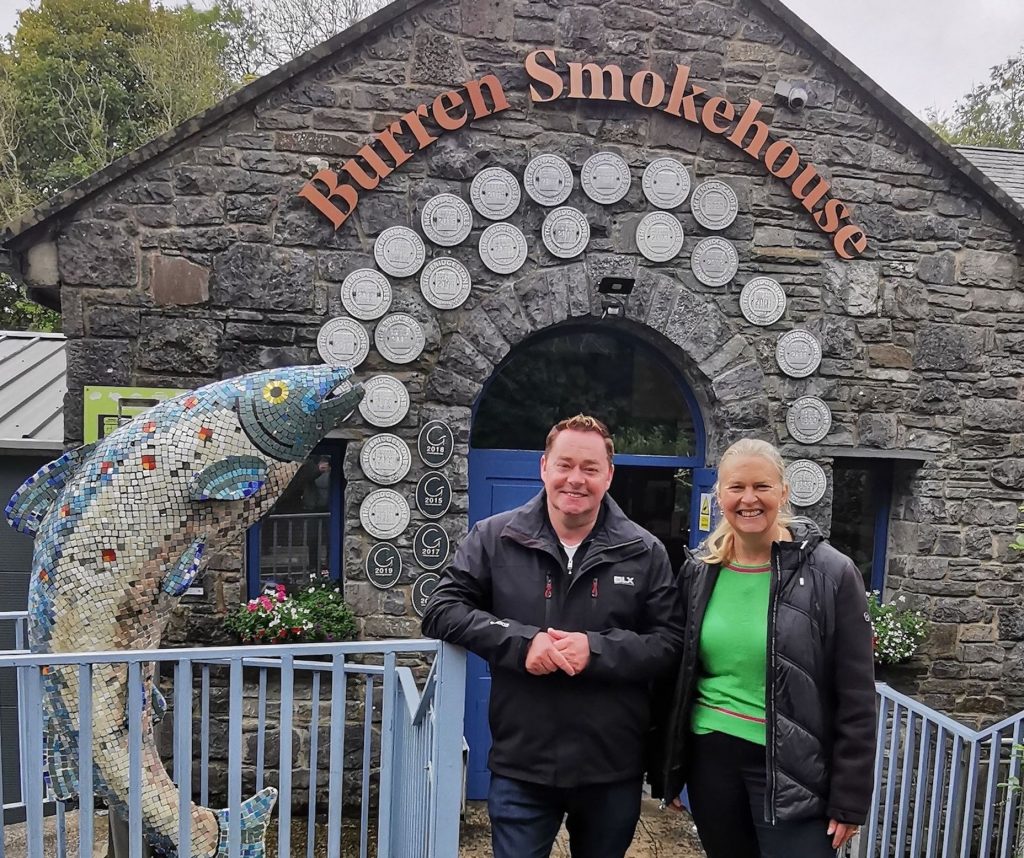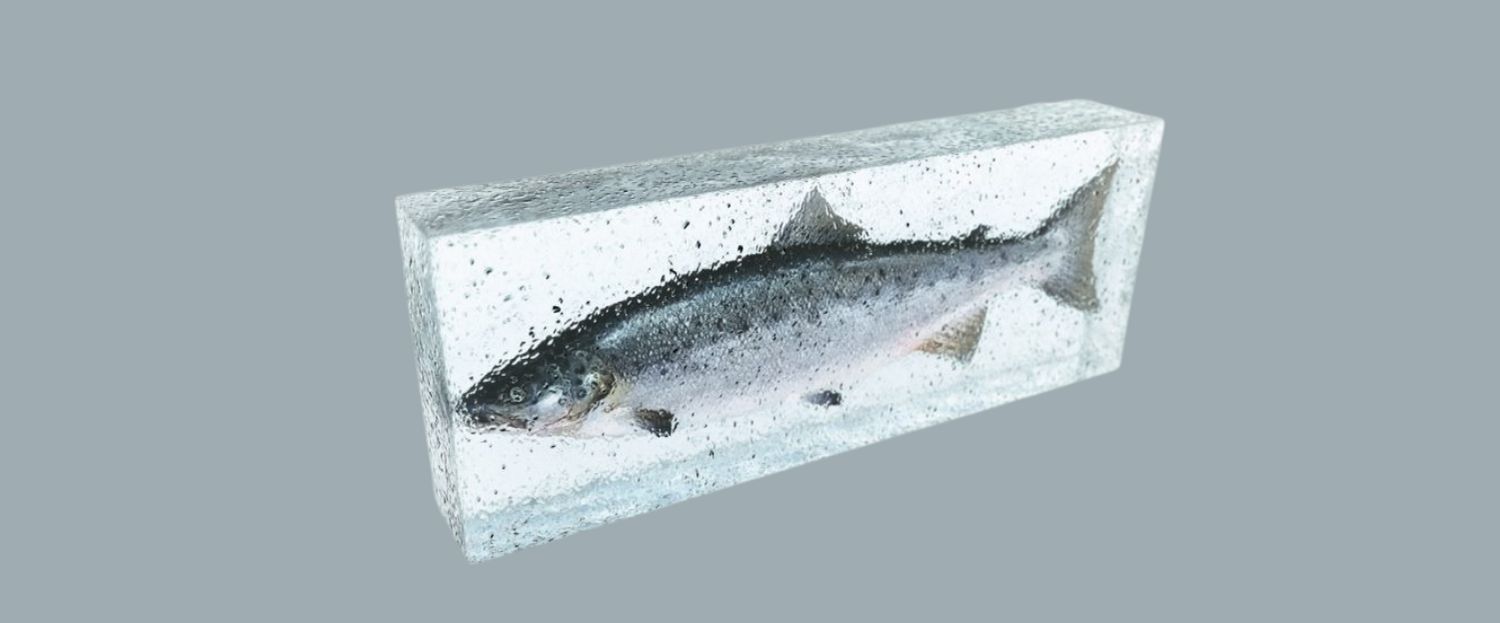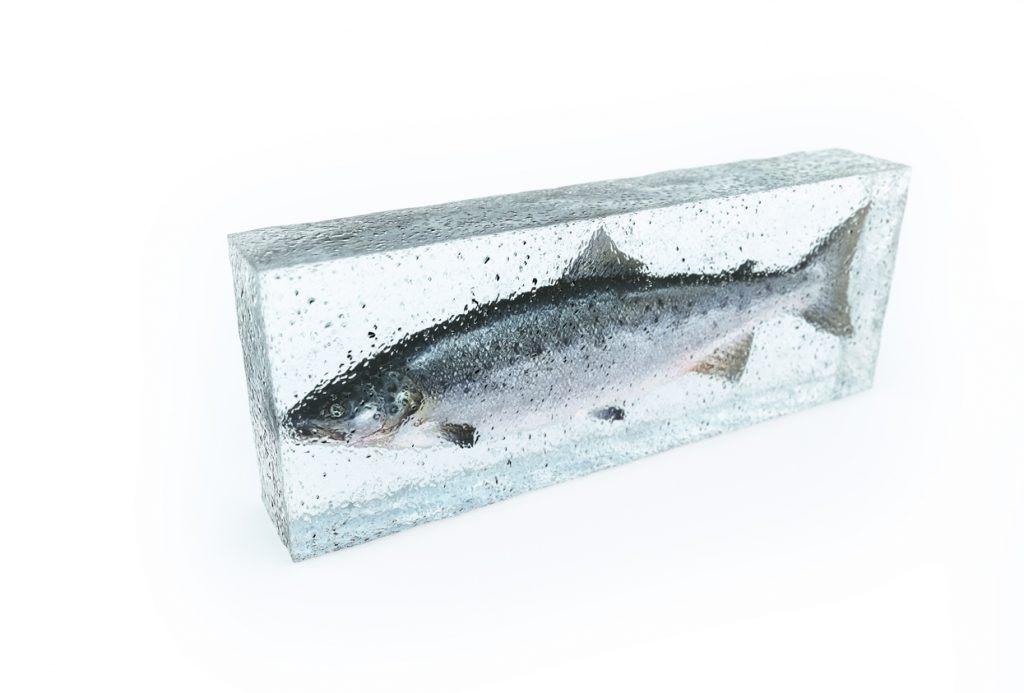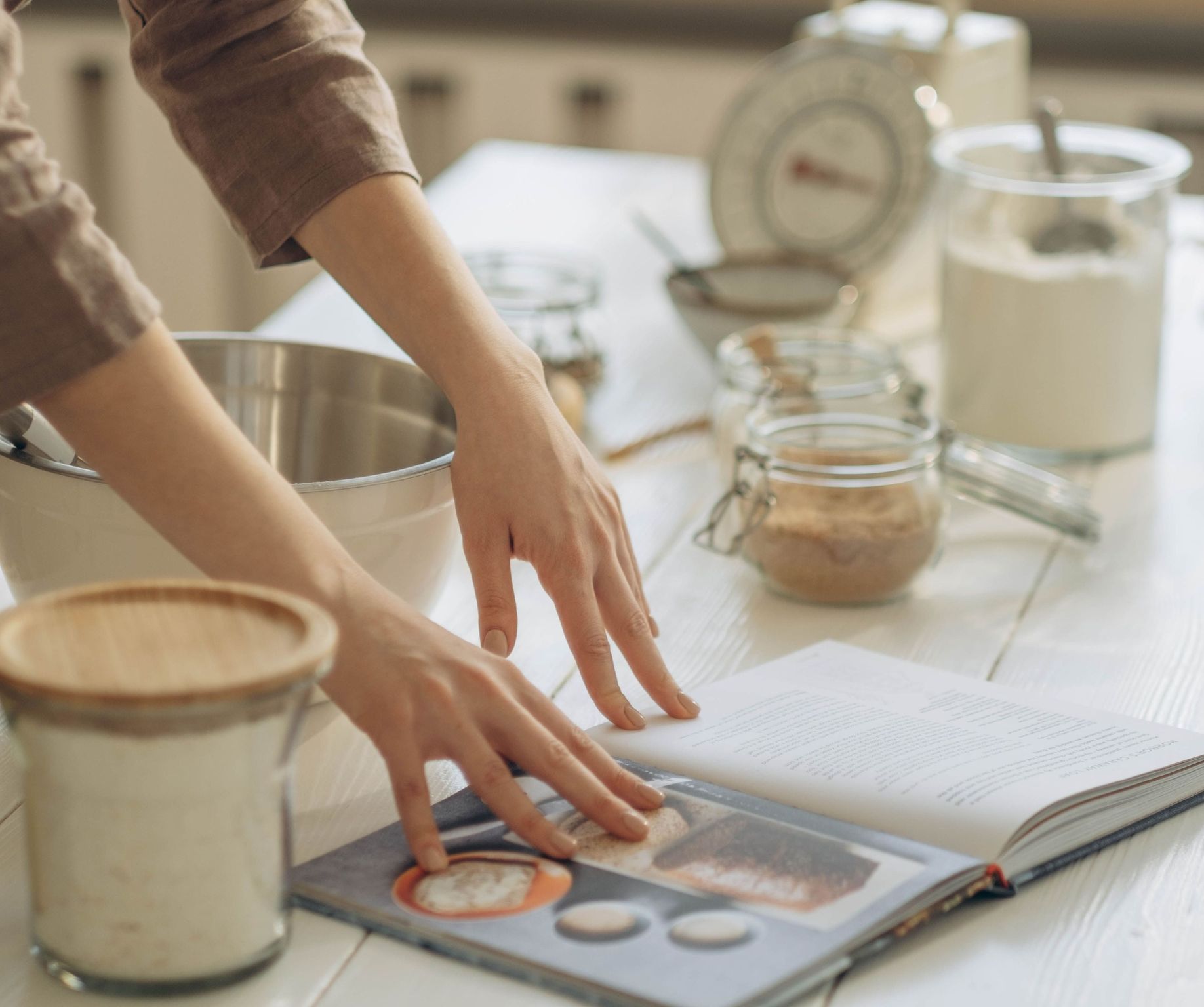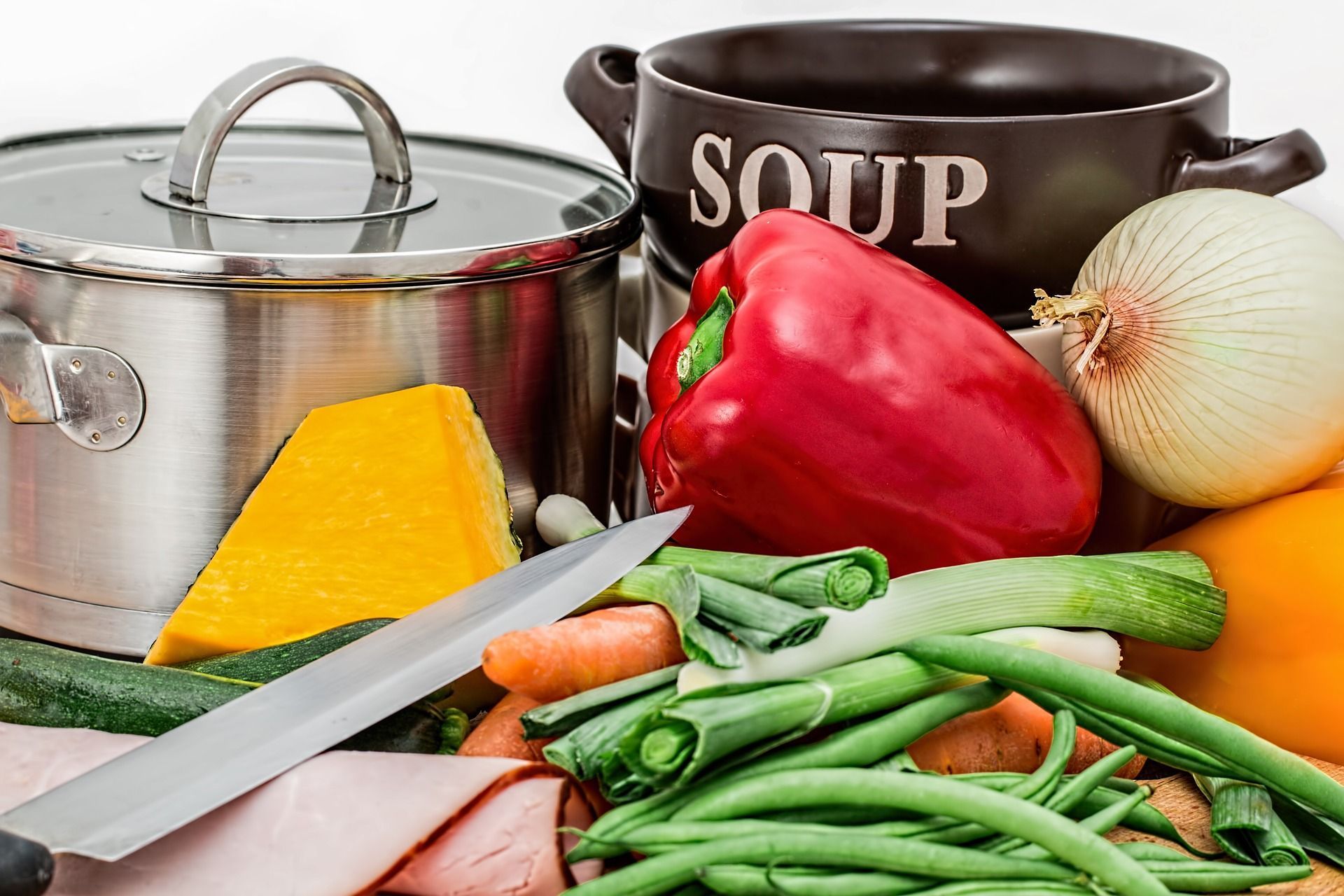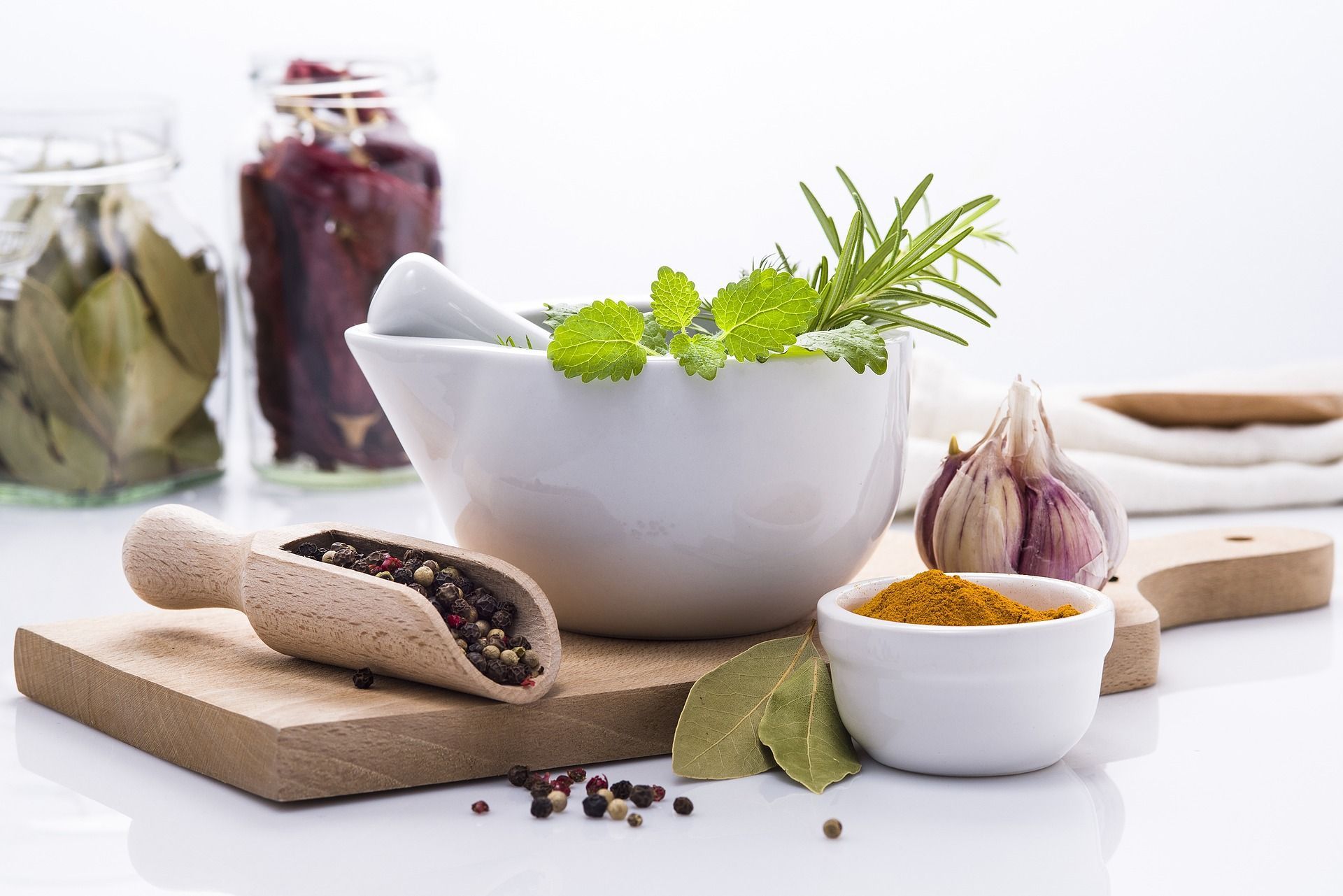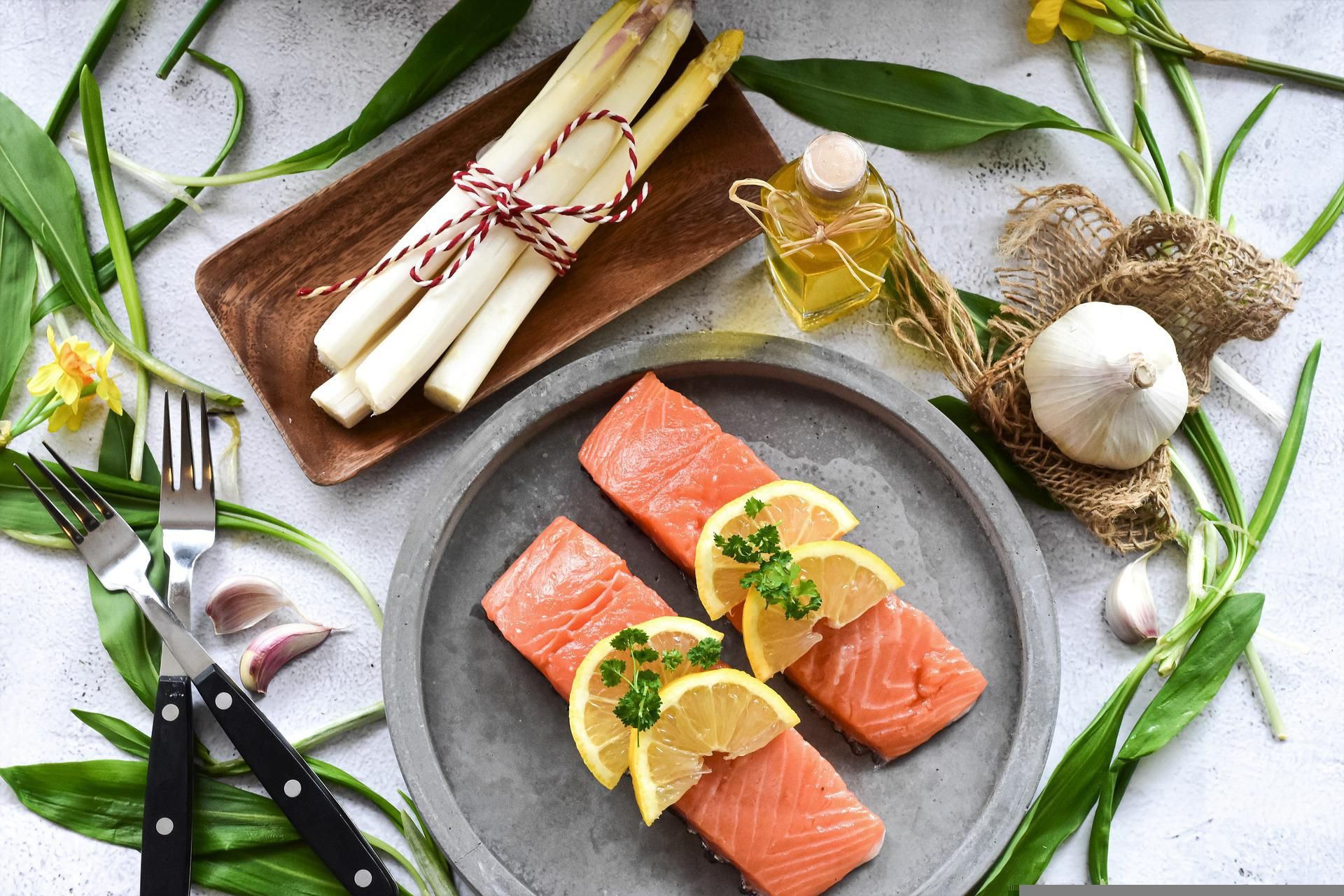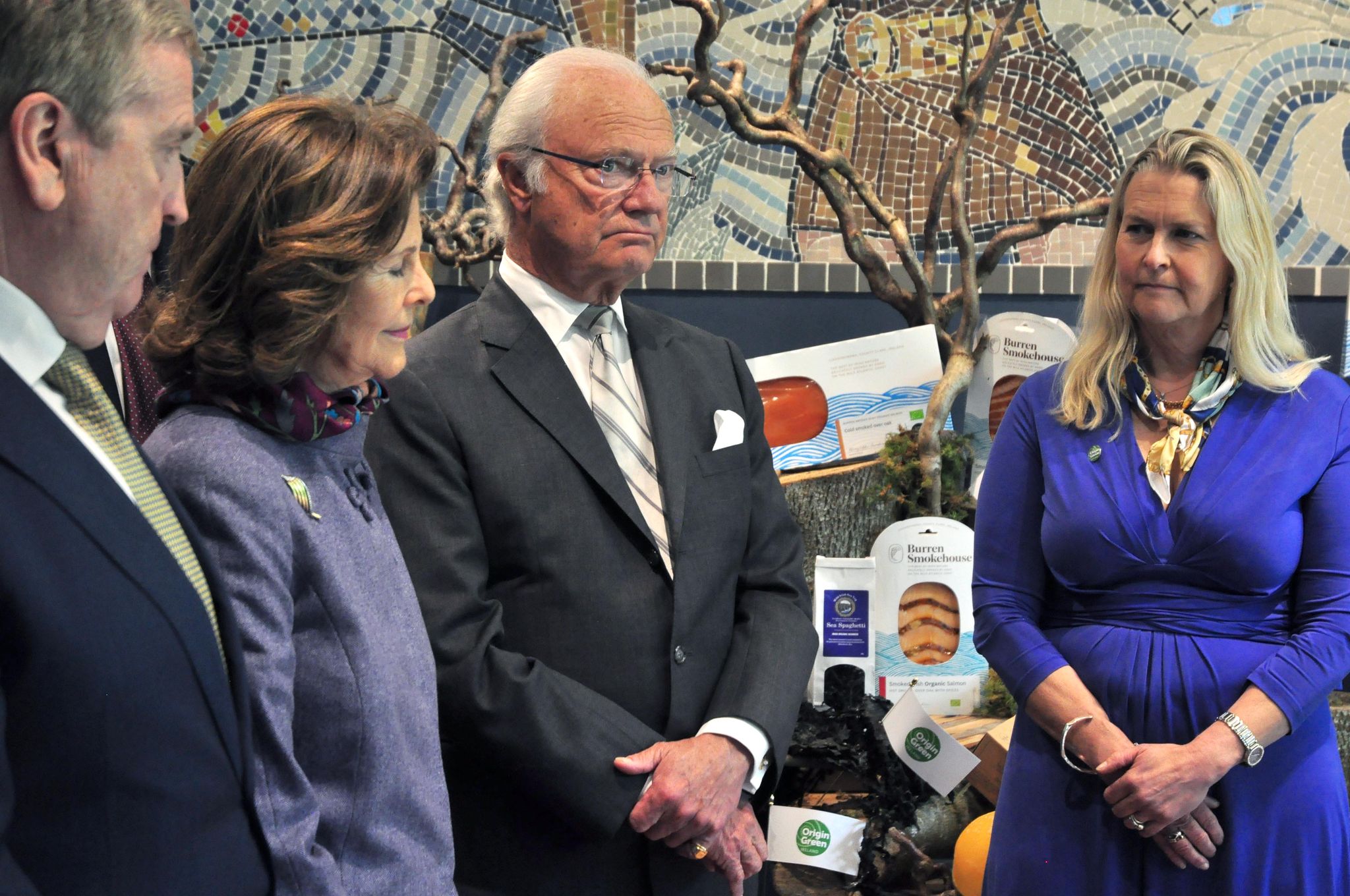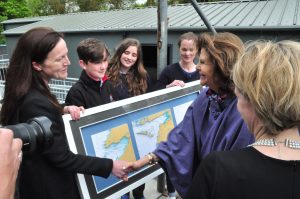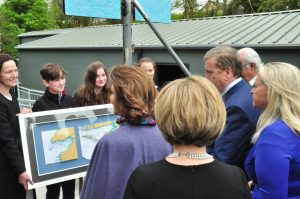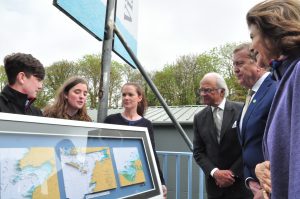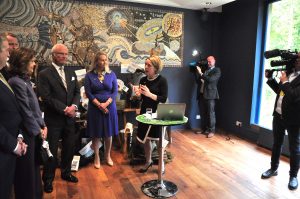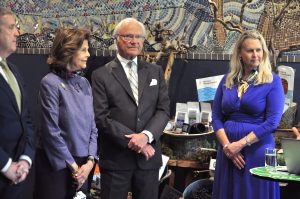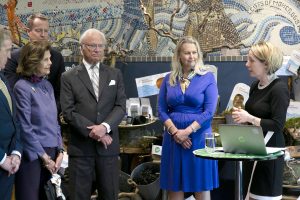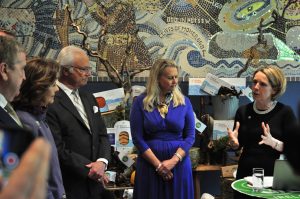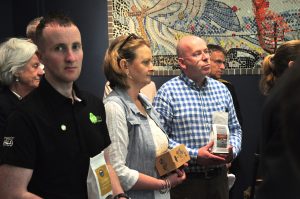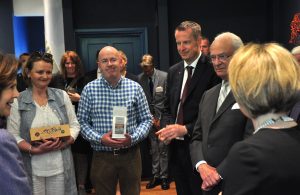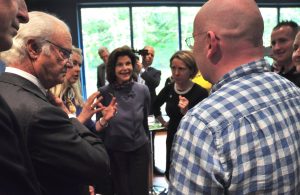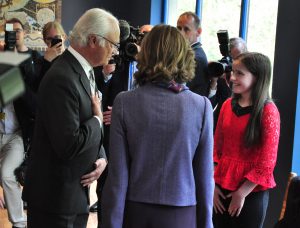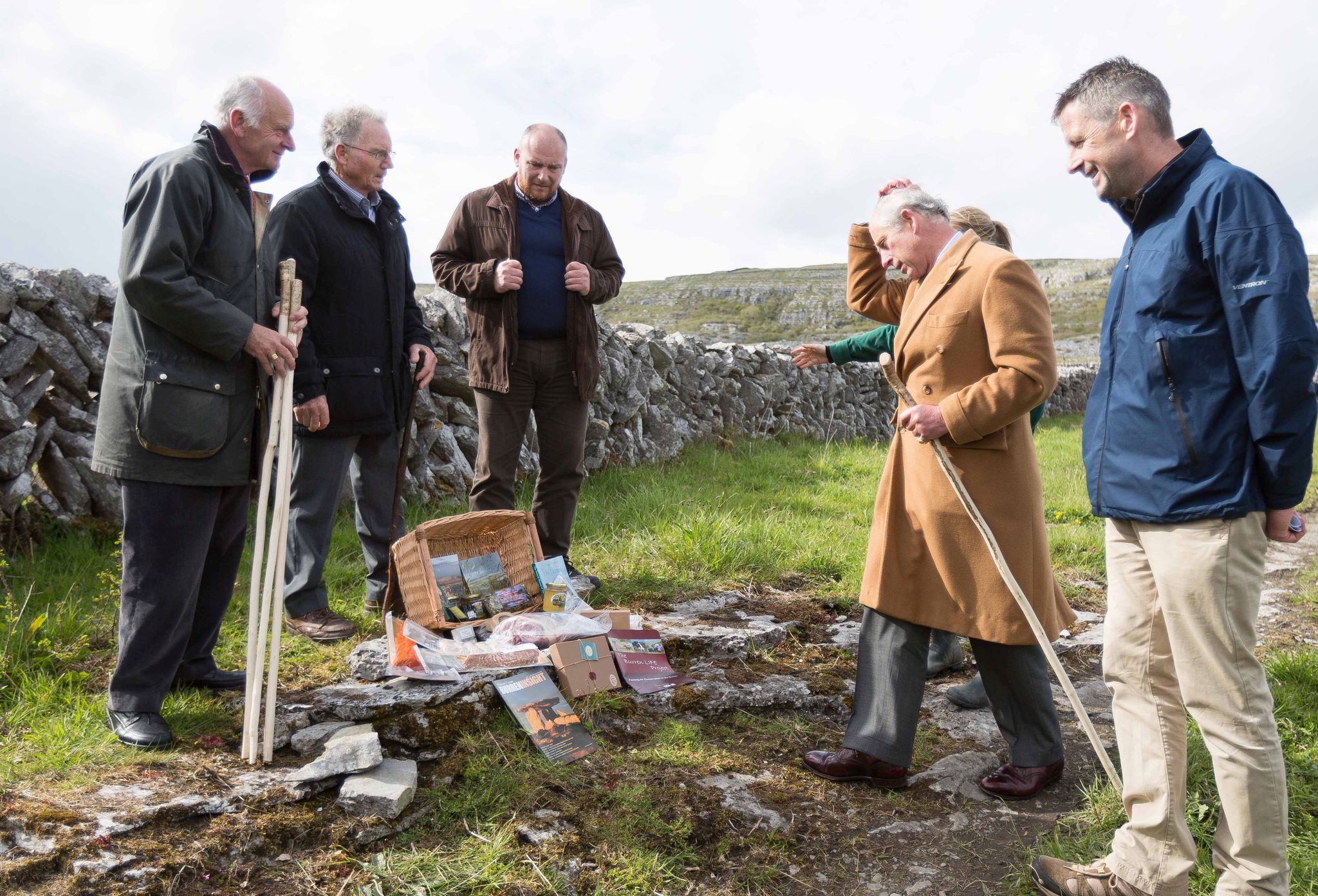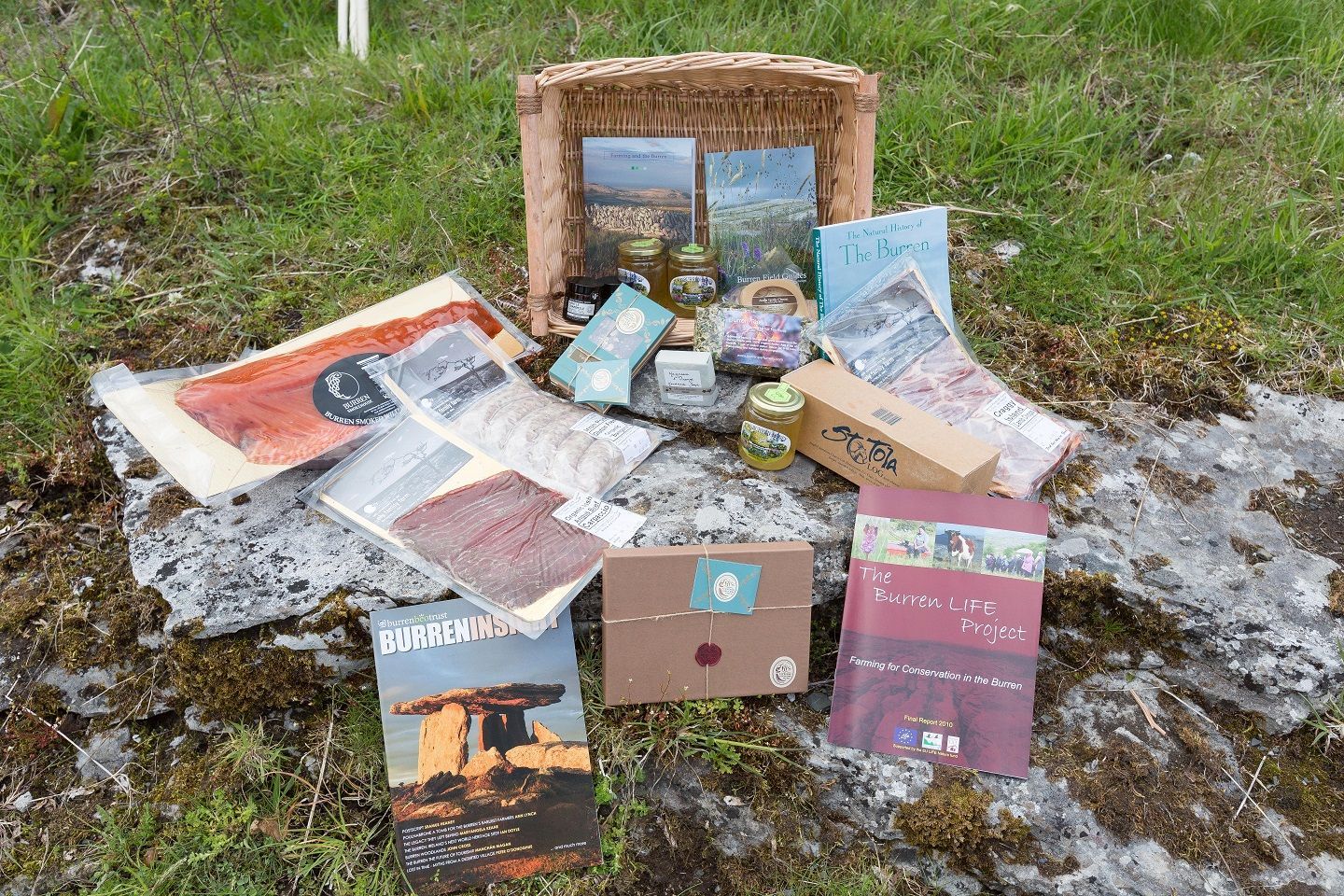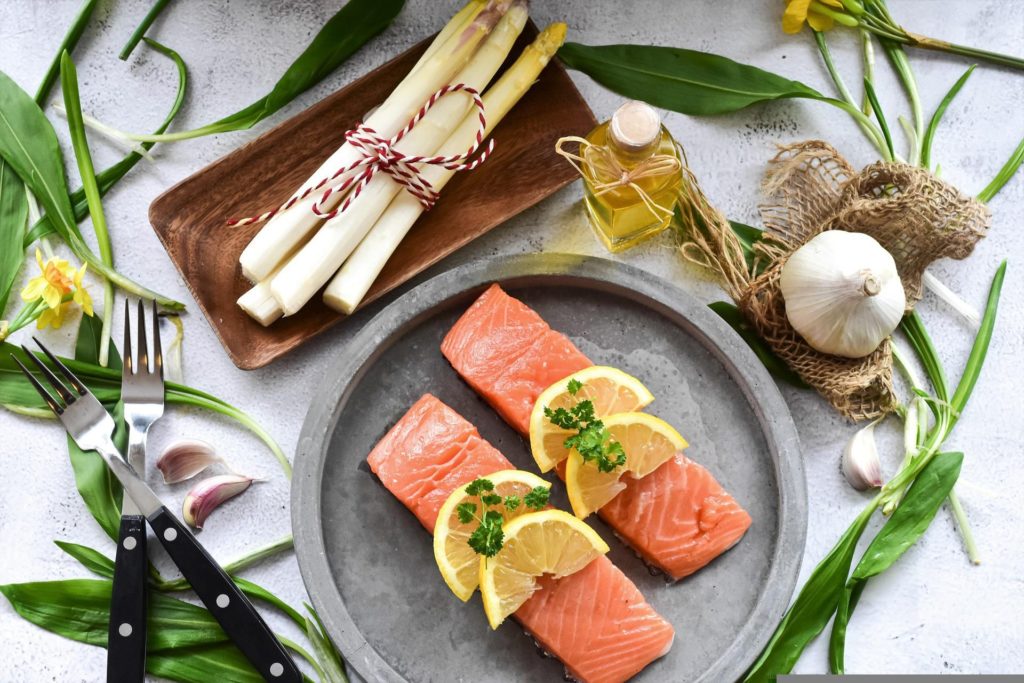
In these modern times, people are worried about their health and hence are looking for ways to support their immune system. Did you know that seafood, both fish and shellfish, provides essential nutrients to the body? Those nutrients keep the immune health functioning as it should.
Something that everybody can do and doesn’t require much effort is to focus on a balanced diet of fruits, vegetables, seafood and fatty fish, lean meats, nuts and seeds.
Looking at the list below of the “good stuff” contained in fish and seafood, it is easy to understand why eating two or more servings per week is highly recommended.
Seafood is not only packed with nutrients but also reduces inflammation due to the occurrence of vitamins A, B, and D, as well as omega-3 fatty acids. It further contains minerals such as zinc, iodine, magnesium, calcium, selenium, phosphorus, iron and potassium.
Healthy nutrition is also vital when it comes to offering protection from many health problems including chronic disease. It is recommended to regularly eat fish and seafood for optimal wellness of all physical and mental functions of the body.
Data from studies of more than 420,000 people shows that eating seafood reduced respiratory deaths by 20%. But not only that, a higher consumption of fish (and omega-3 fatty acid) was significantly associated with a lower overall mortality.
Other lifestyle habits important for the health and support of the immune system are exercise, getting adequate sleep, managing stress, and not smoking.
No one food or supplement can prevent illness, but the immune system can be supported by including the key nutrients found in seafood on a regular basis. Here are some of those key nutrients that work together in keeping your immune system functioning properly.
Omega-3 fatty acids
… support the immune system
… reduce inflammation and supports the healing process
… are vital for brain development and brain health
Different species of seafood offer varying amounts of omega-3 fatty acids. Fish with the highest omega-3 levels include organic salmon, mackerel, trout, oysters, sardines, herring and anchovies.
Protein
… plays a role in the body’s immune system
… especially beneficial for healing and recovery
Seafood contains a high-quality protein that includes all of the essential amino acids necessary for the health of humans.
Vitamin A
… helps regulate the immune system
… protects against infections by keeping skin and tissues in the respiratory system healthy
… known as an anti-inflammation vitamin because of its critical role in enhancing immune function.
Oily fish like salmon, mackerel, cod and tuna are good sources of vitamin A.
B vitamins such as B2, B6 and B12
… help keep the immune system functioning properly by regulating inflammation
… promote red and white blood cell development to keep the oxygen flowing while fighting against disease
Both fish and shellfish have a variety of B-vitamins.
Vitamin D
… plays a very important part in the innate antimicrobial (an agent that kills microorganisms) response which helps the immune system to function at full capacity
Good sources of vitamin D include salmon, tuna, sardines, and herring.
Iodine
… is the fuel that powers all metabolic activity in the body
… iodine is useful in making sure your immune response is active
Iodine is found in a variety of seafood like cod, scallops, lobster, sea bass and shrimp, but also in seaweed.
Zinc
… helps the immune system work properly
… may help wounds heal
… helps the immune system fight off invading bacteria and viruses
… creates the genetic material in all cells – the proteins and DNA
Shellfish like crab, oysters and lobster are a good source of zinc. Zinc is also found in fish like flounder, sardines, salmon and sole.
Magnesium
… aids in regulating immune cell development
Salmon, mackerel and halibut all contain magnesium.
Selenium
… is an antioxidant that helps to lower oxidative stress levels in the body, which enhances immunity and reduces inflammation
All seafood has selenium. Shrimp, tuna, halibut, sardines and clams are all good options to consider.
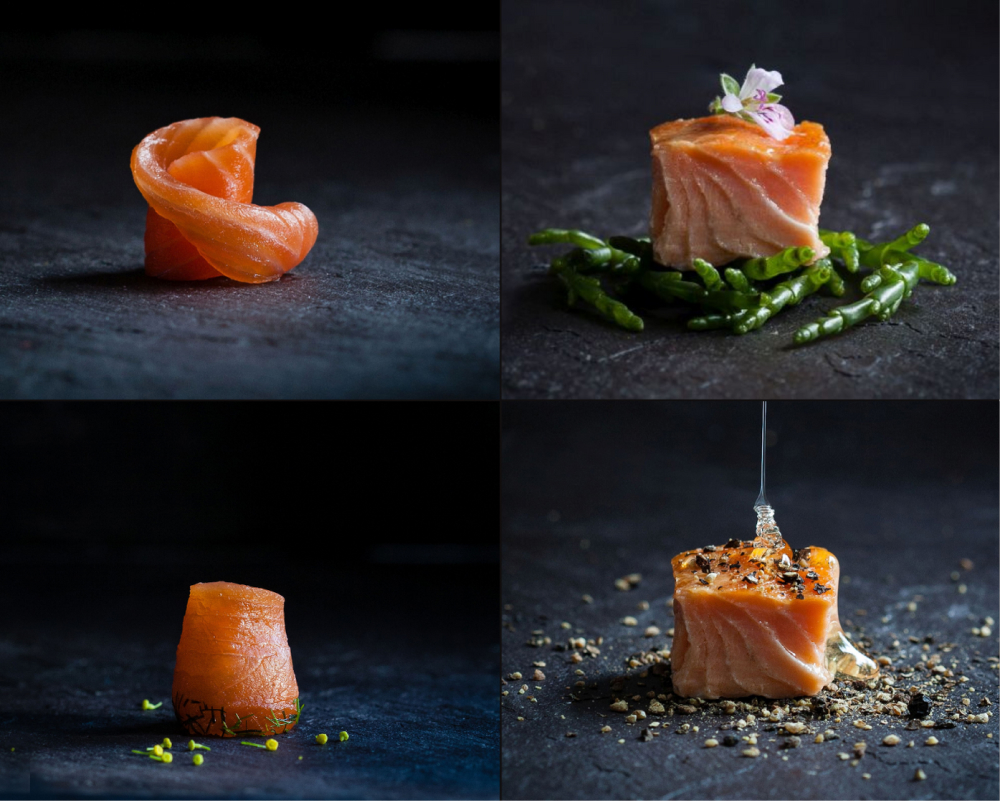
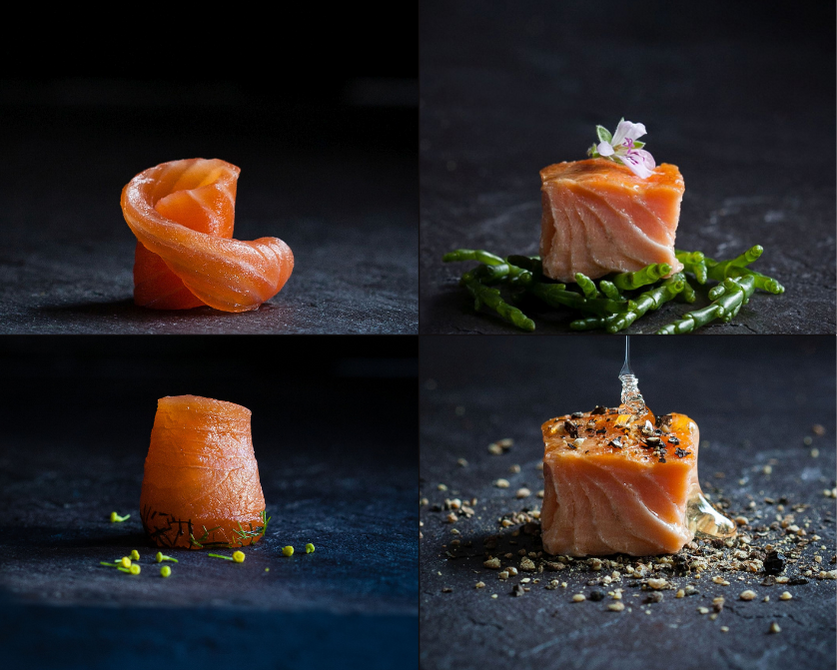
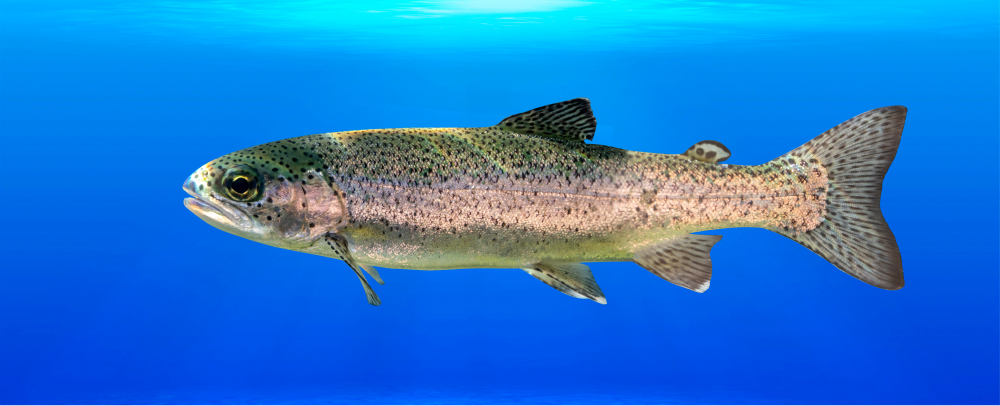
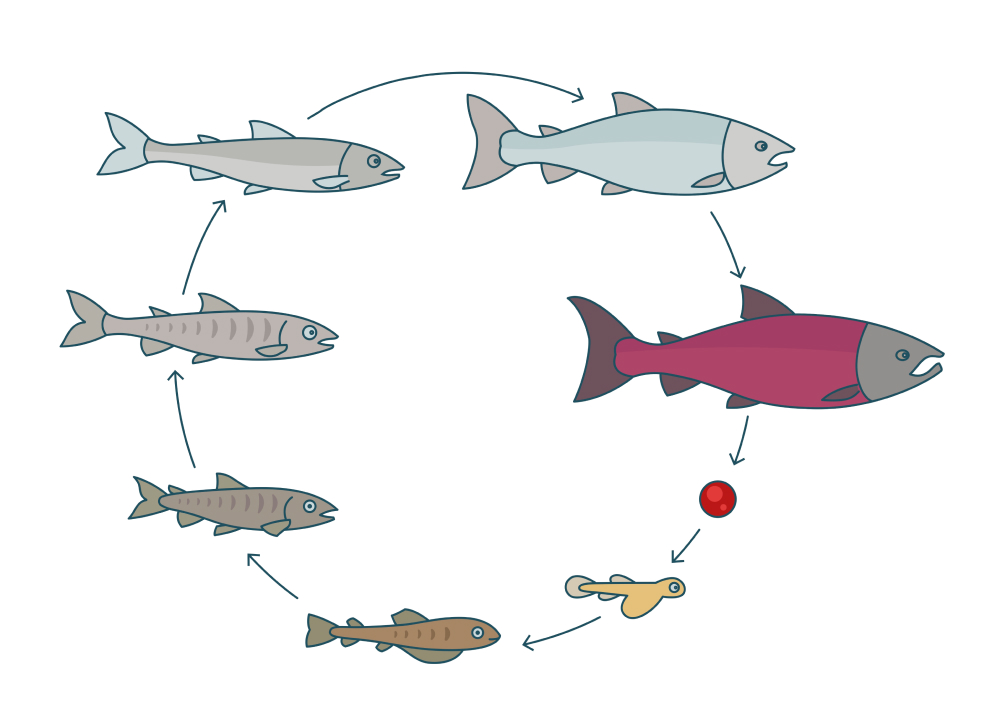
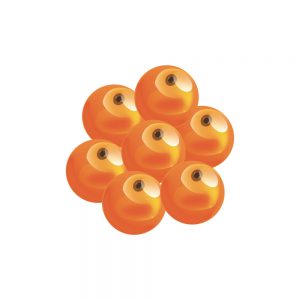
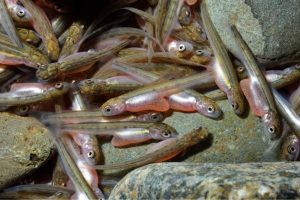 In early spring, the eggs will hatch after about 180 days in the gravel. The freshly hatched fish are called alevins, and still have a yolk sac attached to their bodies containing the remains of food supplied from the egg.
In early spring, the eggs will hatch after about 180 days in the gravel. The freshly hatched fish are called alevins, and still have a yolk sac attached to their bodies containing the remains of food supplied from the egg.